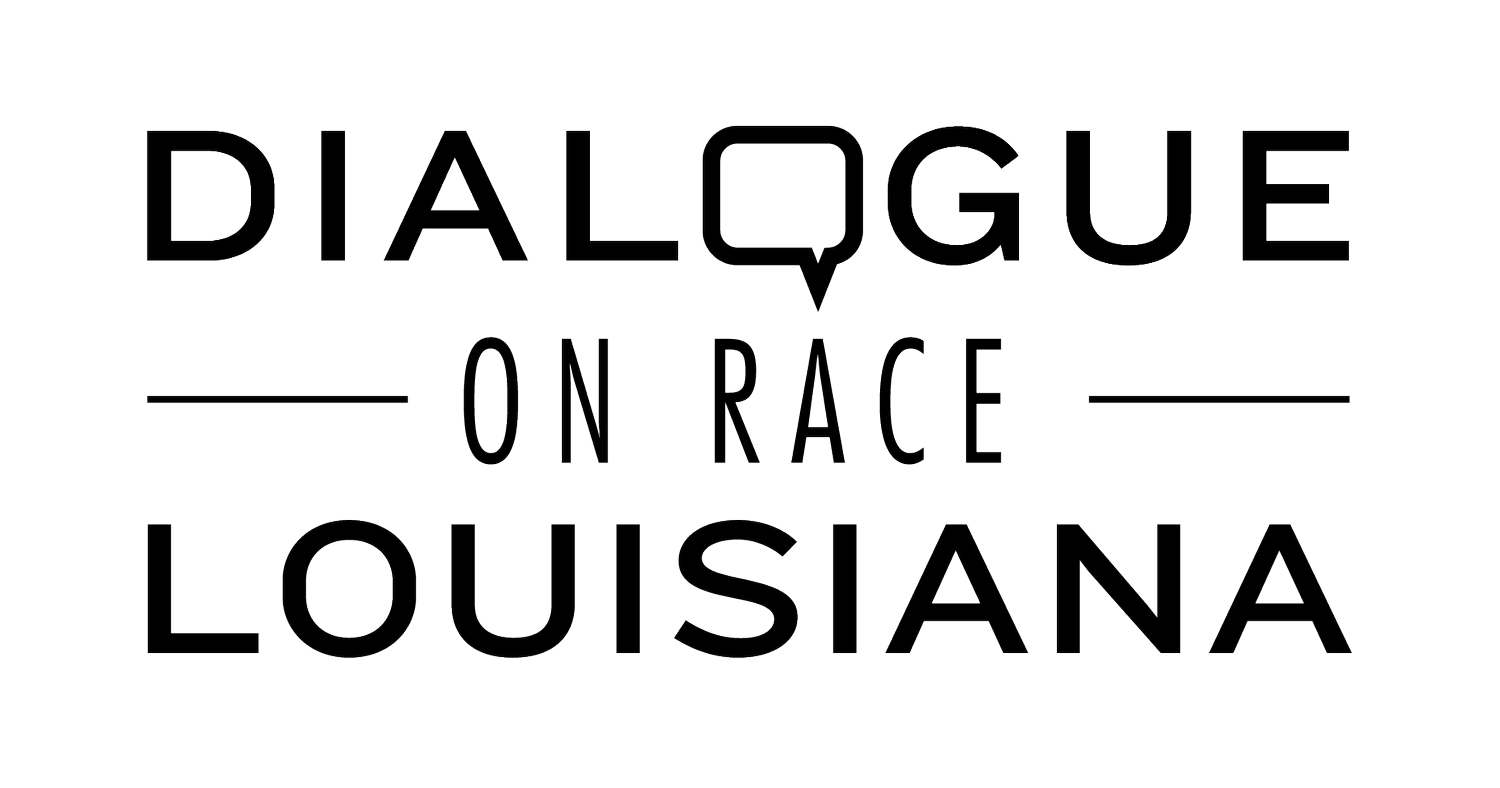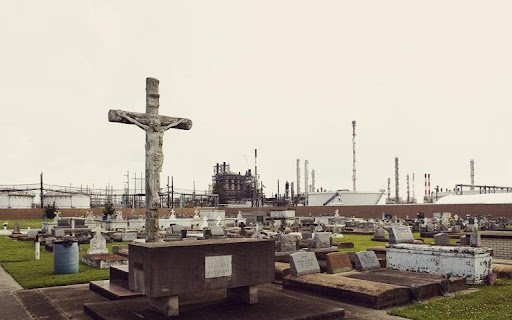What is Cancer Alley? Environmental Racism In Our Backyards
Originally written by Zarinah Salahuddin October 4, 2021
Every so often, an environmental disaster will occur and hit the news. This usually prompts public outrage, organizations to be formed, and vows for change to be made.
In the 80s, it was the Exxon-Valdez oil spill. In the 90s, it was the contamination of Hinkley’s groundwater. This incident even resulted in the movie, Erin Brokovich. Most recently, we witnessed the ongoing Flint water crisis.
Sadly, once the interest and outcry die down, so do the efforts for change. One such scenario is hitting very close to home.
Right here in Louisiana, in the stretch of land between New Orleans and Baton Rouge, sits “Cancer Alley.” The area gets its name from the alarming cluster of cancer cases in the Black communities that live nearby. Reports and studies have traced these cases back to the equally alarming cluster of nearly 150 oil refineries, plastics plants and chemical facilities inhabiting this same land.
In 2002, Louisiana had the second-highest death rate from cancer in the United States. While the national average is 206 deaths per 100,000, Louisiana’s rate was 237.3 deaths per 100,000. If you dig deeper, the numbers point to a more troubling issue. According to data from the Environmental Protection Agency, the cancer risks in predominantly African-American neighborhoods are almost double that of white neighborhoods.
This extreme disparity points to what Dr. Benjamin Chavis Jr. termed “Environmental Racism.” This concept highlights the fact that many factories set up operations in marginalized communities, with little regard for the health effects on the population.
Although it’s been going on for over 50 years, Cancer Alley only recently started to get the national news coverage its predecessors received. Recently, President Biden even included reference to it, as he signed new Executive Orders tackling environmental justice, climate change and equity issues. (Vox, Ramirez)
Human Rights representatives from the United Nations also released a joint statement speaking out against the treatment of the residents in this area saying, “This form of environmental racism poses serious and disproportionate threats to the enjoyment of several human rights of its largely African American residents, including the right to equality and non-discrimination, the right to life, the right to health, right to an adequate standard of living and cultural rights.” (The Advocate, Mitchell)
This raises the question… Why does this happen and how do we stop it from continuing?
St. James, LA – Oct. 23, 2019 – Sharon Lavigne (L) leads community members and activists from New Orleans on a march through her hometown of St. James. “The March Against Death Alley” was coordinated by a coalition of environmental activists to raise awareness and advocate for residents who live nearby heavy industry along the Mississippi River. | Photo by William Widmer for Rolling Stone
There is some long standing legislation meant to protect the environment and local communities, but they aren’t perfect.
In 1969, The National Environmental Policy Act (NEPA) was passed. This Act requires federal agencies to look at environmental impacts when building highways, prisons, airports, pipelines, landfills, and refineries. There is also the Clean Air and Water Act, which requires federal agencies to prepare an environmental impact statement describing environmental and public health ramifications that a development project poses. However, what a state or federal agency does with these reports is left entirely to their discretion.
This often means that projects go forth, regardless of community concerns for potential environmental and public health impacts. And even when violations are prosecuted, factories can settle the lawsuits privately and continue business as usual. This occurred earlier this year when Formosa Petrochemical Corporation’s Texas plant violated the federal Clean Water Act and the company paid $50 million to settle the lawsuit. (Rolling Stone, Juhasz)
As community members, we should look to lock arms and efforts with Environmental groups like RISE St. James, Sierra Club Delta, or the Louisiana Bucket Brigade.
RISE St. James was founded in 2018 by 67 year old Sharon Lavigne. Her family has lived in the area for 5 generations. Sadly, a number of her family members have suffered the fate so common here. But she’s determined to make a difference by organizing marches, protests, and letter writing campaigns to bring awareness. One such protest caused a plant to withdraw its petition to set up shop in her community.
If you’re not local to Louisiana, you can still do your part by writing and calling your respective representatives in Congress. Their votes are critical to the passing of more environmental protection legislation.



